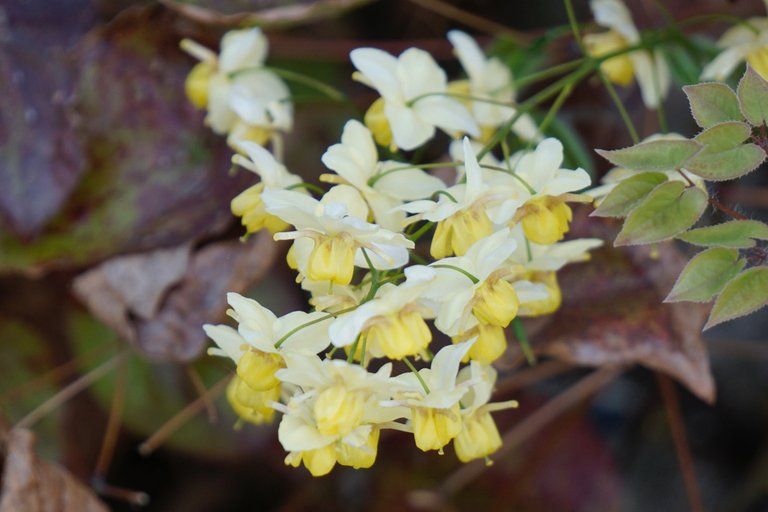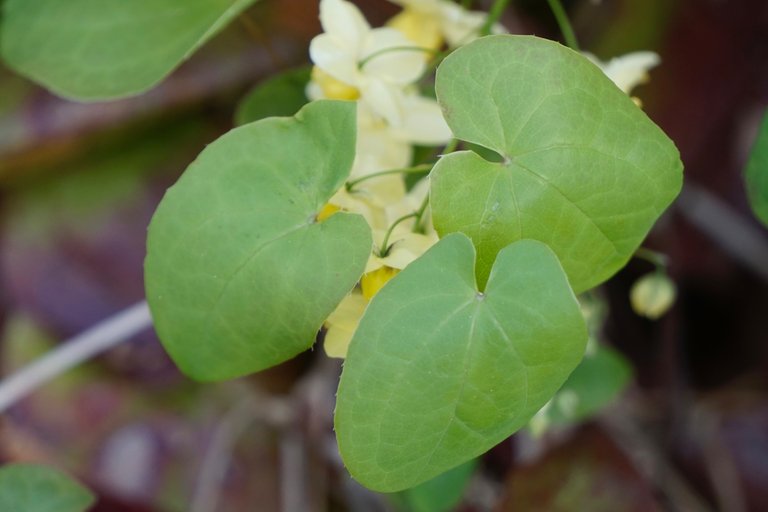Barrenwort (Epimedium)
Hey dear community, at the beginning I hope that you are all well and that you had a day that was full of positive experiences and a good start to the new week! In this article, I would like to talk a little about nature and bring a plant a little closer and hope you can expand your knowledge.

This enchanting flower bears the name barrenwort or scientifically epimedium and to this genus belong over 50 different species which can be found mainly in Europe, Africa or Asia and especially in China you can find numerous different species. When it comes to origin, it is roughly distinguished from two species and one originally come from Asia and others from North Africa and because of the origin it also gets along well with climate changes or longer dry periods and you do not have to think about cutting it back because it has learned to adapt well to its location. The plant is particularly popular because of its robust or easy-care properties and when it comes to the right location, it is relatively flexible and also copes well with shady places and is perfect as an ornamental plant which is also very interesting from an ecological point of view and is particularly often visited by bees. The perennial barrenwort is particularly often visited by some species of wild bees which are increasingly threatened with extinction in some places and is also appreciated by other species of insects such as bumblebees, butterflies or hoverflies because of the supply of pollen and nectar. In mythology, it is especially associated with the elves who are known to inhabit forests and the plant is also revered for its magical properties and there are assumptions that it can have many positive qualities or even helps people to acquire supernatural abilities. There are assumptions that it can protect the location where it grows and in the past people also dried the whole plant or roots and either hung it on the front door or worn as jewelry because they thought it could help to protect against diseases or was considered a lucky charm. It was often used as a symbol of fantasy and was associated with fairy tales and it is no wonder that with the enchanting charisma of the plant, numerous painters or other artists were also inspired by it and it has also achieved a special importance in Asia where it had an important meaning and was considered a sign of fertility.

Thanks for stopping by and I hope you could learn something new about nature! I captured these pictures with my Camera Sony Alpha 6000 plus 55-210 mm lens.
https://twitter.com/lee19389/status/1778509277172252948
#hive #posh